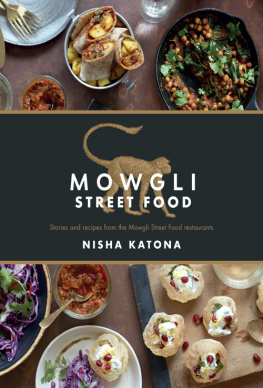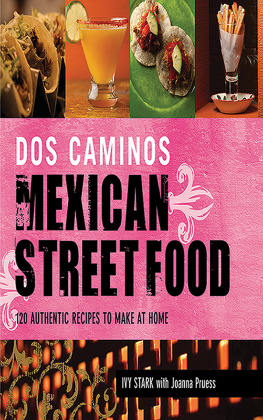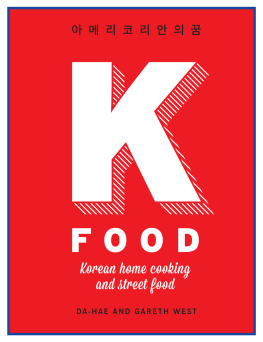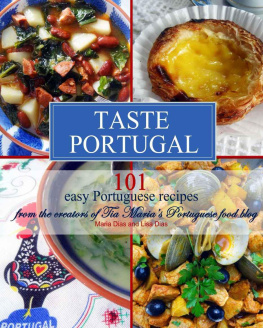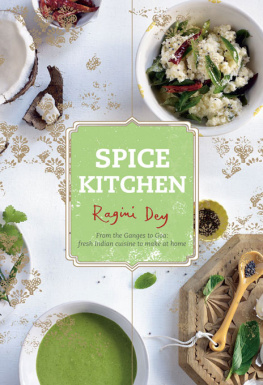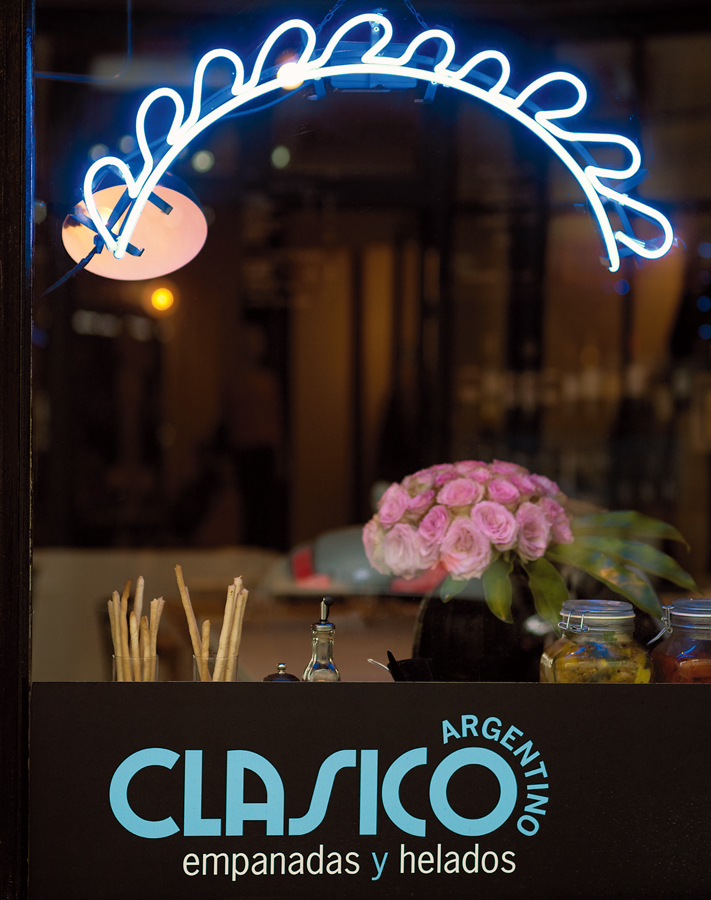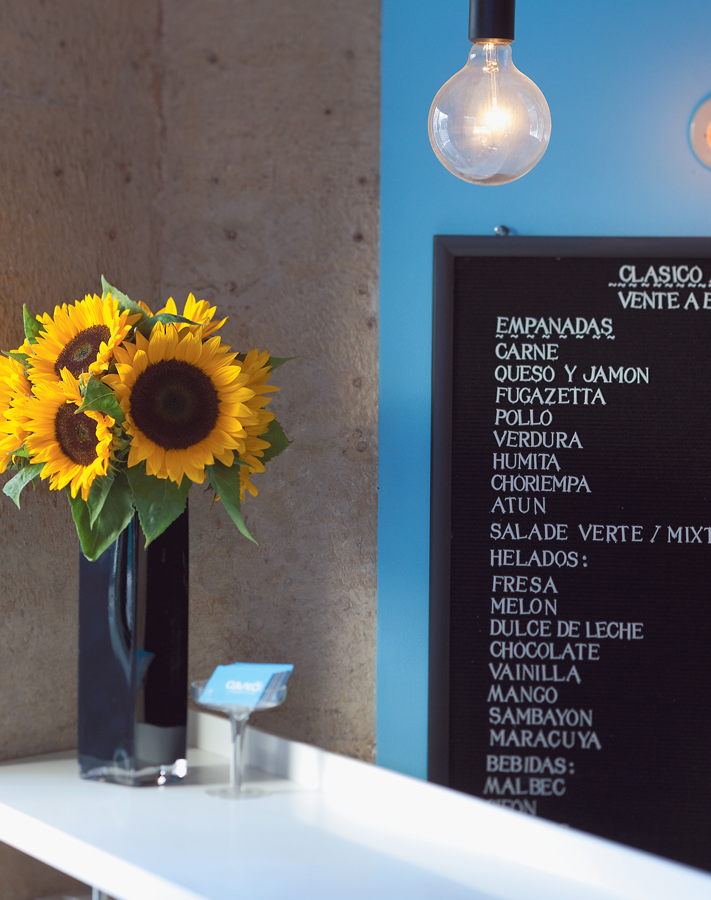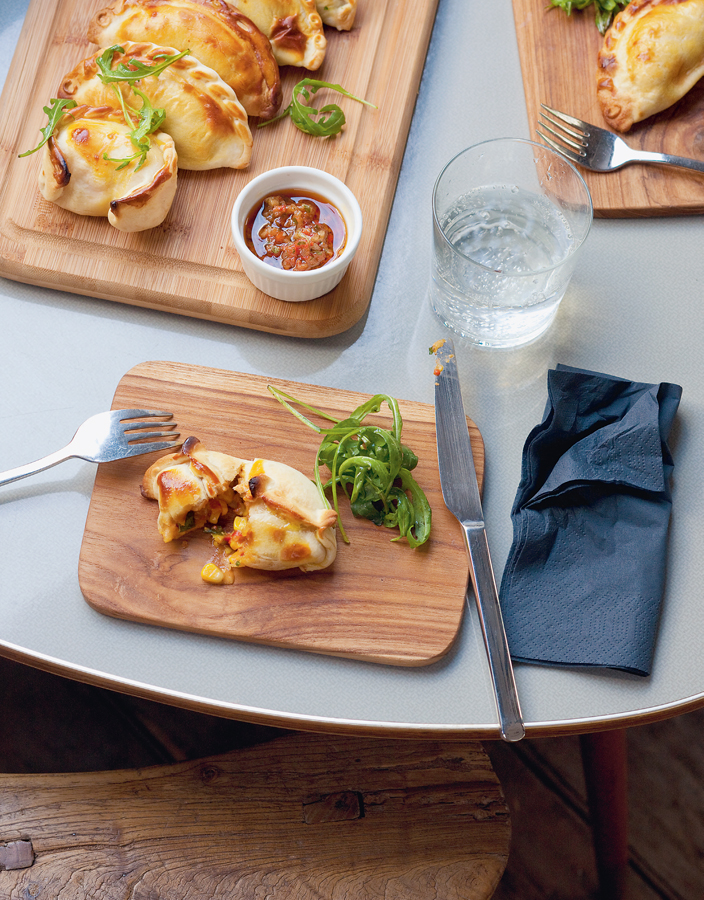CONTENTS
INTRODUCTION
A BOOK DEVOTED TO EMPANADAS AND HELADOS?
Some might think its a strange idea to devote an entire book to stuffed pastries and ice cream. But these two very simple dishes are a crucial duo in Argentina. True gustatory pleasures, they are also synonymous with improvisation, celebration, friends and family. Theyre the elemental savoury/sweet double act that has a place on the tables of millions of South Americans every day. In Buenos Aires,as in all the big cities in Argentina, there are casas de empanadas and heladerias on every corneralmost as many as there are cafs or bakeries in France.
To introduce these items to lovers of good things, founder Enrique Zanoni and chef Gaston Stivelmaher inaugurated the Clasico Argentino concept in France in 2011.
Today Clasico Argentino has three restaurants in Paris and a food truck cruising the streets. Now here is a cookbook to pay tribute to the empanada, the helado, and the dulce de leche. In this book, Enrique Zanoni and Gaston Stivelmaher share their secrets so you can make these classics of Argentinian cuisine yourself.
BUEN VIAJE Y BUEN PROVECHO !
CLASICO ARGENTINO IN PARIS
56 Rue de Saintonge 75003 PARIS
217 Rue du Faubourg Saint-Antoine 75011 PARIS
8 Rue du Pas de la Mule 75003 PARIS
EL CARRITO Food Truck concept
www.clasico-argentino.com
0 820 220 205
CLASICO ARGENTINO made its debut in France in Autumn 2011, in the heart of the Faubourg Saint-Antoine in the 11th Arrondissement. Two other locations opened shortly after (a second restaurant in the Marais and Clasico XS, a little shop in the 3rd Arrondissement). Argentinian flavours and culture take pride of place: the walls are the colours of the Albiceleste (the blue and white flag), the ceiling reproduces the pattern of the cinta pampa, an emblem of the country, and the furniture is wooden in the style of the traditional tablitas (large benches where you can enjoy empanadas). The grocery section offers some typical Argentinian products: traditional alfajores (dulce de leche biscuits), great Argentinian wines such as Malbec or Torronts, yerba mate tea, Quilmes or Sifon beer, inimitable sparkling water
EL CARRITO Faithful to tradition, Clasico Argentino also has a mobile food cart that wanders through the streets of Paris. Called Carrito, its a tribute to the Buenos Aires of the 1950s, when the porteosresidents of the port of Buenos Aireswould come to enjoy empanadas and ice cream from food vans set up on the banks of the Ro de la Plata.
LAS EMPANADAS At Clasico Argentino, empanadas are high-end products equal to the most celebrated specialities of French cuisine. They are based on quality ingredients and cooked with passion according to tradition. The chef has reworked, diversified and improved the fillings: meat and spices, fish and herbs, unusual cheeses, gently cooked vegetables. Every day Clasico Argentino makes eight different fillings, and the chef offers a new one each month, depending on seasonal produce. You will find some of their secret combinations in this book.
LOS HELADOS With deep roots in the collective memory, ice cream is to Argentinians what croissants or baguettes are to the French. To honour this much-enjoyed dessert, Clasico Argentino keeps to the traditional ice-cream making methods, selecting natural products, without preservatives or artificial flavours. Clasico Argentino offers ten flavours that vary according to the fruits in season.
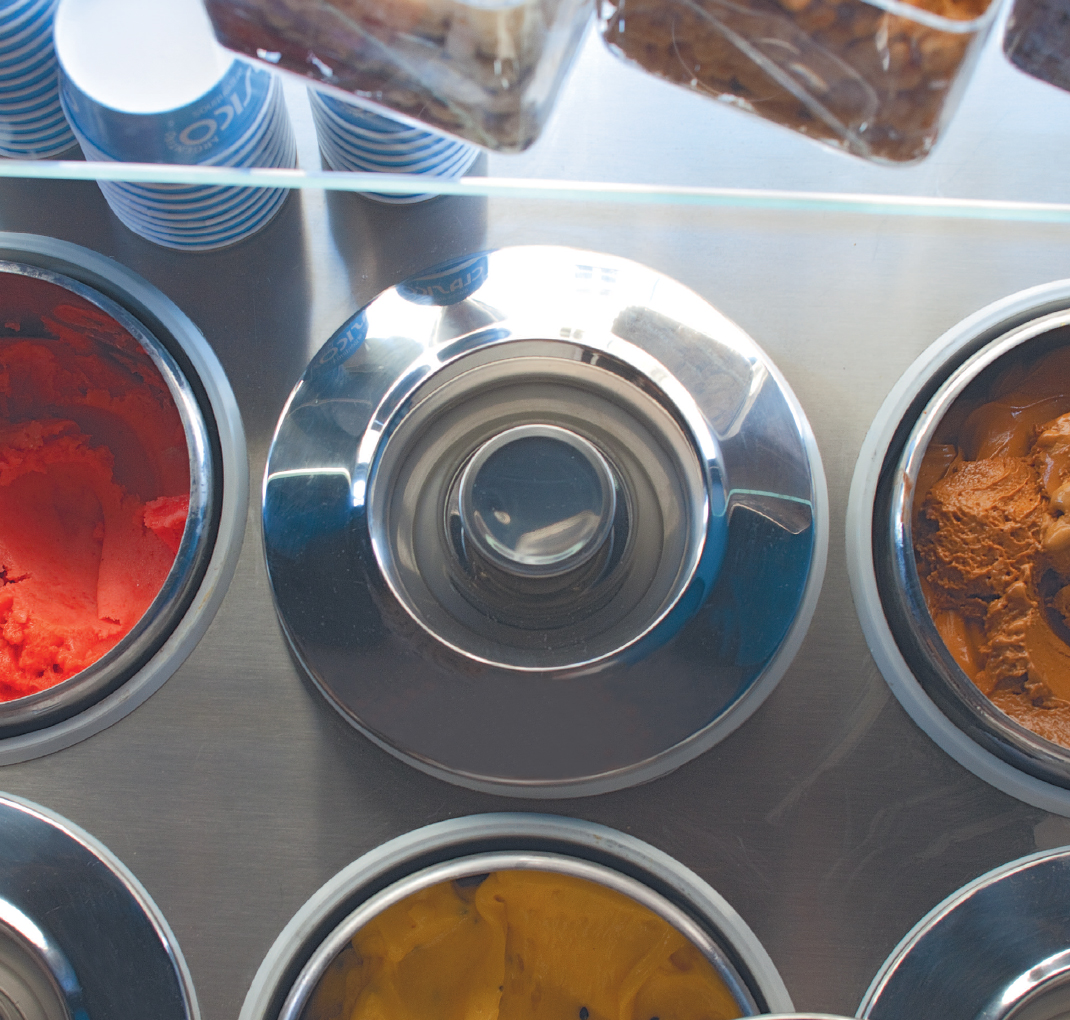
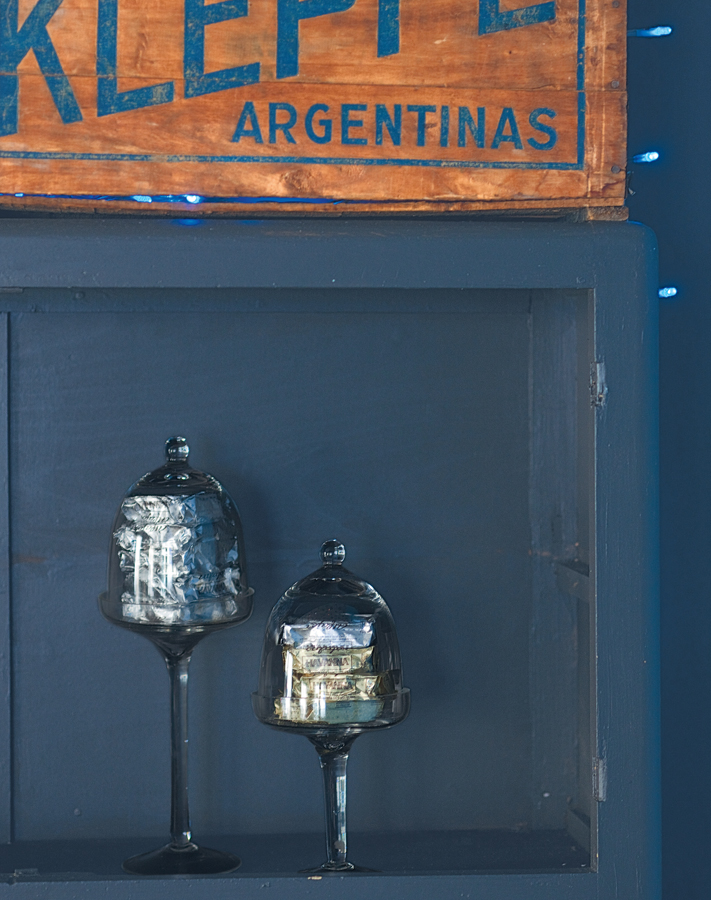
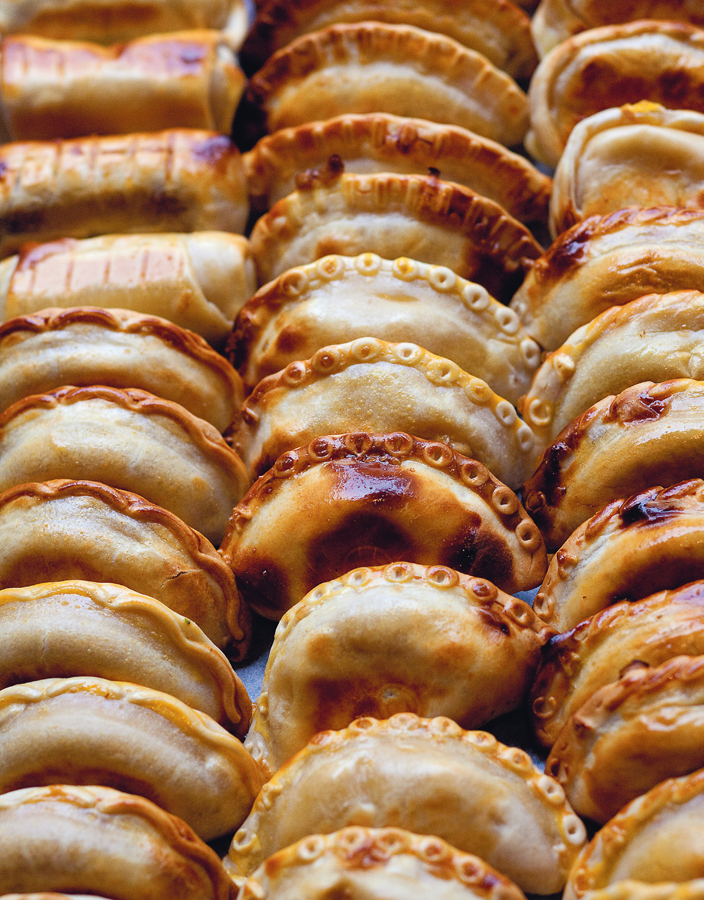
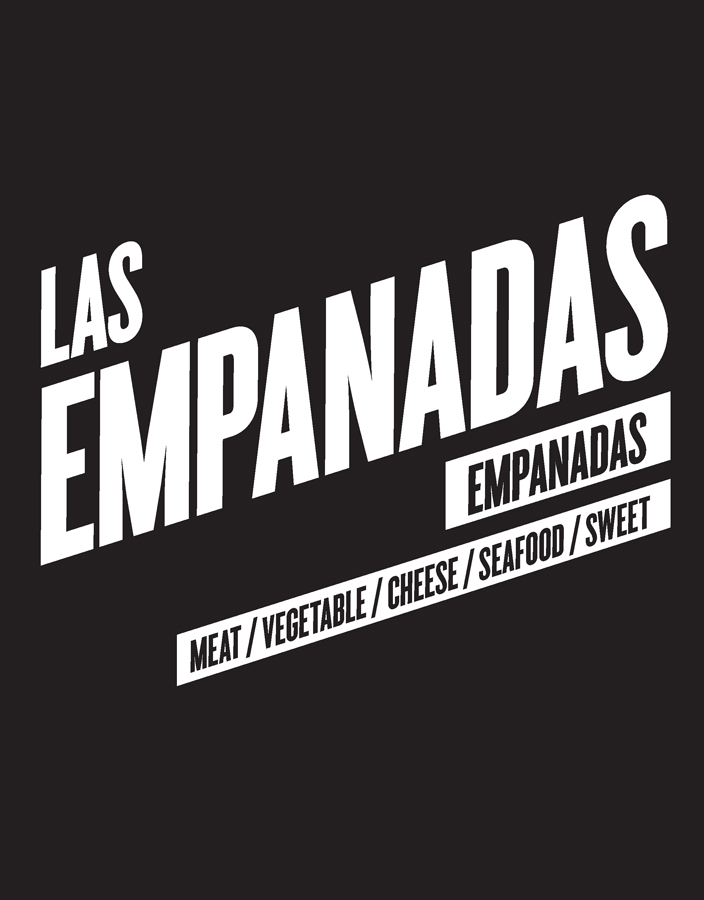
EMPANADAS
THE ORIGIN OF EMPANADAS
Its hard to pin down the precise origin of the empanada, but it was probably inspired by a Spanish dish from the fifteenth century. Merchants and other nomads of the Iberian Peninsula would take on their travels an easy-to-carry bread that they filled with a variety of ingredients. Practical and simple to make, the empanada (from the verb empanar, literally to put in bread) has developed into a popular gastronomic item. From Russia to Italy via North Africa and France, the empanada has culinary equivalents in many countries. But Frances rissole and Italys calzone are nowhere near as famous as the empanada.
ARGENTINIAN STREET FOOD
In Buenos Aires, casas de empanadas are found throughout the city. Its deluxe fast-casual food, gourmet takeaway, cooked using quality ingredients like Argentinian beef, local vegetables, etc. You take it with you and eat it wherever you want, preferably with your fingers!
AN EMPANADA FOR EVERY REGION
The empanada has an international reputation and the Argentinians have made it a jewel of their cuisine. From Salta to Buenos Aires, via Crdoba, Mendoza and Tucumn, the recipe varies. Olives, raisins, potatoes, eggs and other surprises, depending on the region, are added to beef, chicken, tuna, cheese, spinach or onions. Tucumn, which claims to be the province with the best empanadas, has even started a world empanada championship!
THE INGREDIENTS
THE AMBITION OF CLASICO ARGENTINO WAS TO TURN A POPULAR DISH INTO PART OF A BALANCED, GOURMET MEAL. THE INGREDIENTS REMAIN VERY SIMPLE,AS IN THE TRADITIONAL VERSIONS,AND THE EXPERTISE OF OUR ARGENTINIAN CHEF BRINGS THE FLAVOURS OF ARGENTINA ALIVE IN HIGH-QUALITY EMPANADAS.
FOR THE DOUGH
Gaston Stivelmaher prefers to use beef fat as is widely used in South America for the dough, but butter or oil is used in these recipes as it is simpler for the domestic kitchen, and also works well. Then only flour, water and salt are needed to make the dough. While our chef also prefers to bake all his empanadas, leaving behind the deep-fried style thats very common in South America, in this book we have included both baked and deep-fried recipes.
FOR THE FILLING
Beef, corn, cheese, spinach, chicken and tuna are the most common empanada fillings today. The choice of meat, vegetables, cheese and even butter is crucial, and the quality of each ingredient can change everything.






